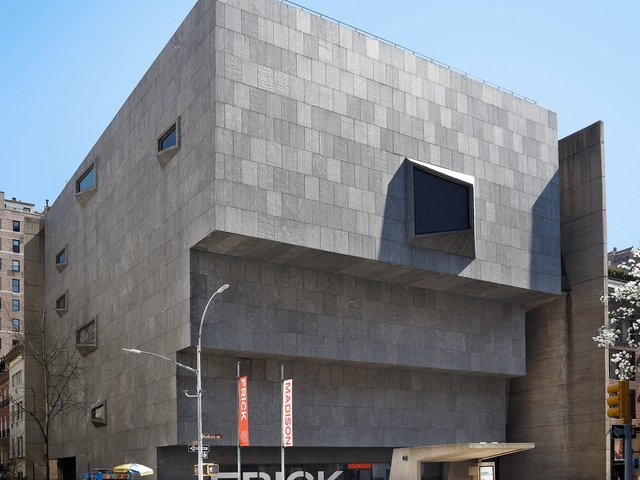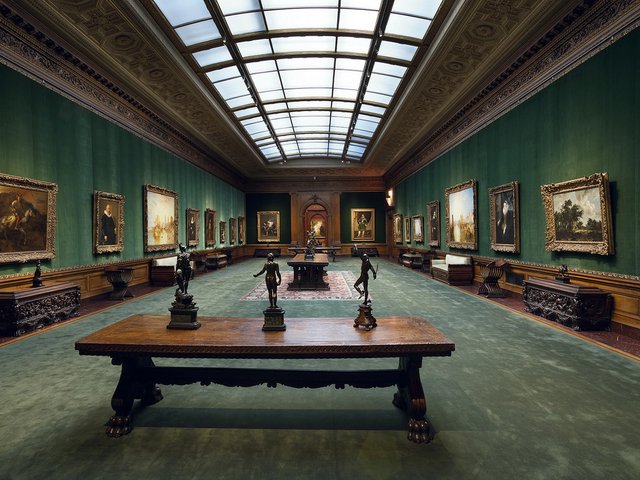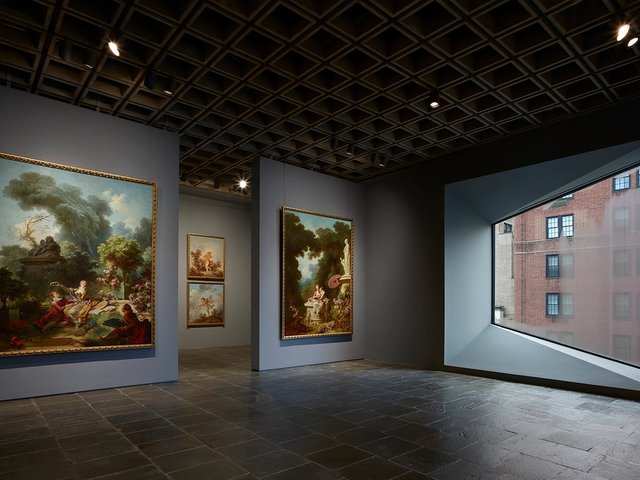We knew, yet we didn't know. Until the Frick Collection left its Gilded Age home on Fifth Avenue for temporary encampment in the Marcel Breuer landmark on Madison, we had no idea how seductive it could be for 21st-century sensibilities.
Without doubt, no past visitor to the Frick mansion (currently undergoing renovation and expansion by Selldorf Architects), ever experienced its masterworks with the revelatory clarity of its stark presentation in Breuer’s ode to Brutalism. No longer is it any mystery why the Donald Sutherland character in the film The Undoing so fixates on one or the other paintings by J.M.W. Turner in the mansion’s grand salon, that he can’t even look at Nicole Kidman. At the Breuer, we see what he sees. Actually, we get a far better view.
Take the suddenly glowing, matching pair of monumental harbour scenes by Turner. They hung opposite each other at the old Frick, where they competed with dozens of unrelated works. They look at each other here too, only now, with no physical distance between viewer and art, they occupy what feels like a family room that they share only with a verdant landscape by John Constable. I don’t think I ever paid such close attention to any of these paintings the way I felt compelled to do here.
Thanks to an inspired, spare, utterly transporting installation by curators Xavier F. Salomon and Aimee Ng, the same goes for every other object on display over three open floors. Paintings that one may have given no more than a passing glance in the past rivet the attention here, mainly because there is no physical distance between the viewer and art, so every brushstroke in every composition is visible to the naked eye.
Who would have thought that paintings by Francois Boucher could ever look fashionable again? Or that the bouncing cherubs and burnished autumn leaves of Fragonard’s Progress of Love, a very tall drink of water, would finally have adequate space to preen as intended?
More amazing, and wholly unexpected, is the domesticating effect of the exhibition design on the surrounding architecture. I promise you: this building’s interiors have never looked more beautiful, nor felt more intimate. Not when they were occupied by the Whitney Museum, and not during the Metropolitan’s recent residency, when contemporary works could thrive in their natural habitat.
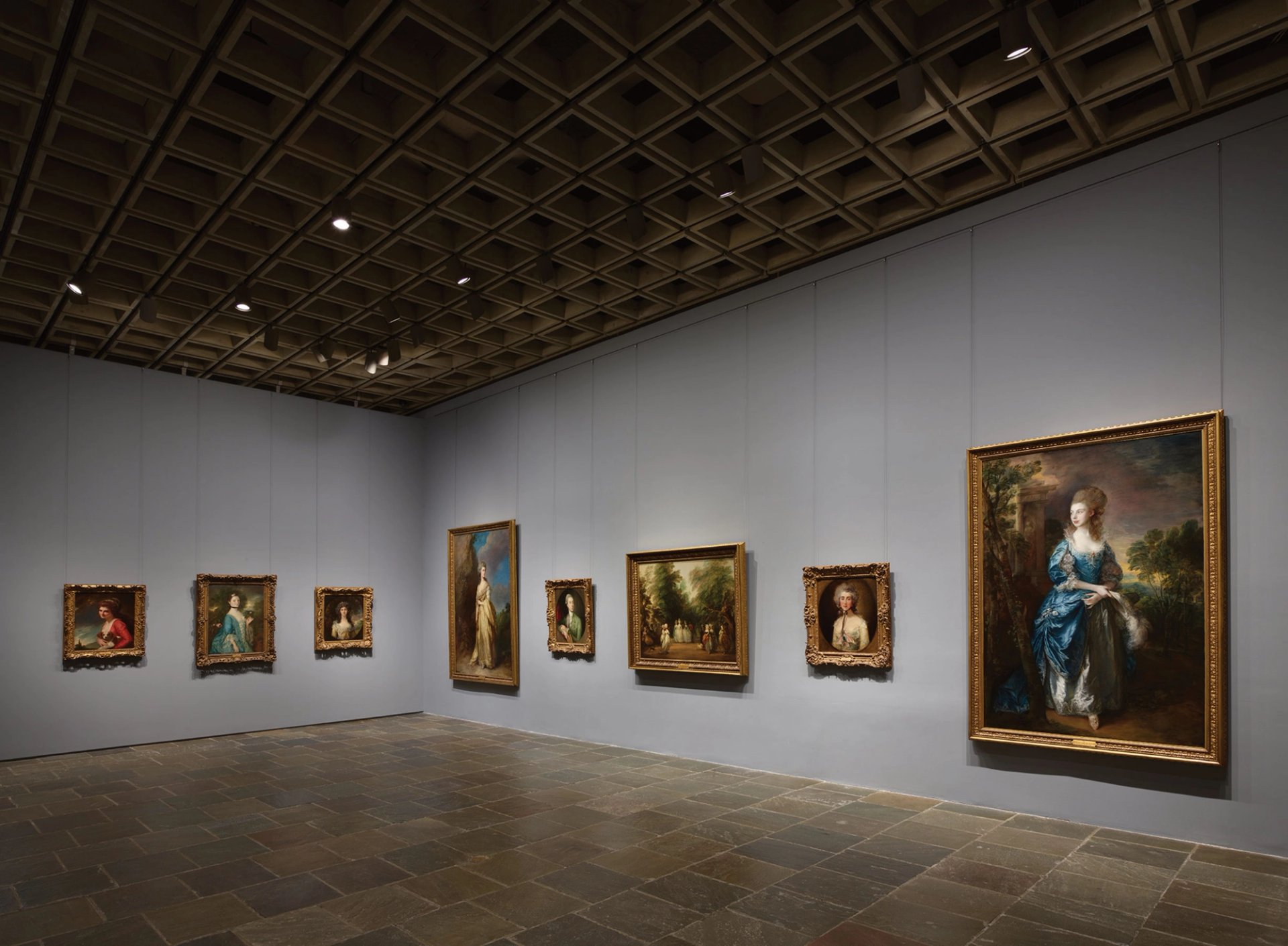
Works by Gainsborough (on the right wall) hang with other pieces of British portraiture from the collection Photo: Joe Coscia/The Frick Collection
Credit for this exhilarating transformation goes to Annabelle Selldorf, who inserted thick walls, painted in soft, Jasper Johns greys, to create long corridors and telescoping niches that let daylight from the trapezoidal windows into the galleries that it benefits most. In this rapturous refreshment of both building and art, even familiar Rembrandts, Veroneses and Gainsboroughs have a presence they could not obtain in the mash-up of furniture, bronzes, porcelains and paintings in the mansion.
Once, to my embarrassment, I set off an alarm in the mansion when I leaned too far over a table to get a better look at one of the Frick’s three Vermeers. That could never happen at the Breuer, where a person can take pleasure in the art, one-on-one, which makes discovery not just possible but frequent.
For example, I could swear that I’d never seen Manet’s The Bullfight (cut by the artist from The Dead Toreador). Ditto the Frick’s exquisite Cimabue, with its oddly feminised Christ looking askance at his lashing. And what about the pair of Mughal carpets—where were they? (In storage, mostly.) Even the colour-coded displays of Chinese and Meissen porcelains, lifted onto individual shelves, look proud.
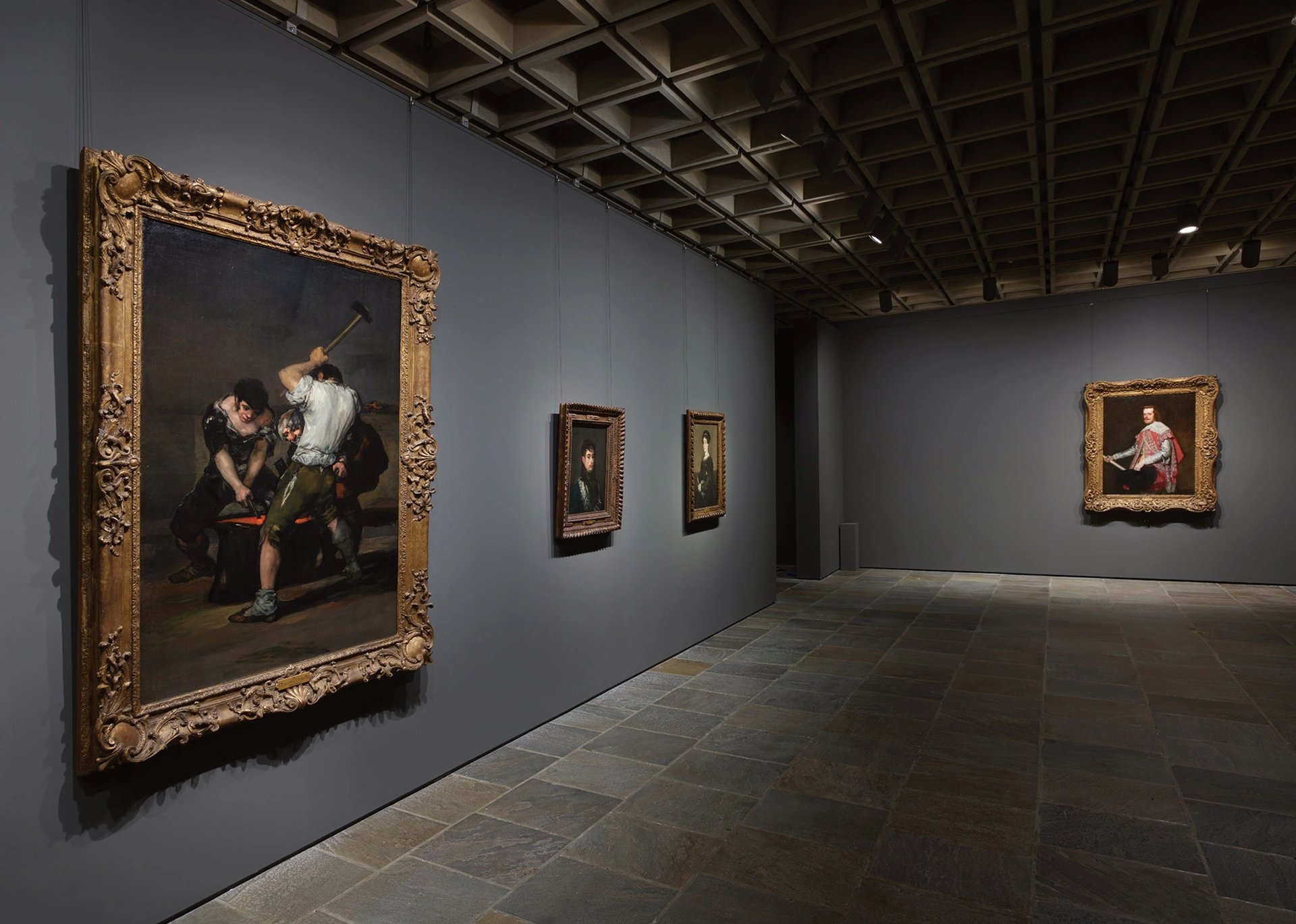
All nine Spanish paintings acquired by Henry Clay Frick are shown together in the Frick Madison including works by Goya, such as The Forge (front) and Velázquez's portrait of King Philip IV of Spain (back) Photo: Joe Coscia/The Frick Collection
How long could I stare at Bellini’s St. Francis in the Desert? Quite a while, now that I could really see it. Isolated from any other work in a room dominated by a window, it looks animated, as if St Francis were extending an invitation to the sun. And the roomful of Spanish paintings—Velázquez, Goya, El Greco, Murillo. It was almost too much to take in at one go, even with plenty of socially distanced space between them.
In a city as dense as New York, to have unobstructed views of anything is a blessing, particularly when it’s great art. I felt so juiced by this experience that I even spent time with a porcelain clock.
Perhaps the Whitney, which owns the building, should think about leasing it to a different museum every two years, just to see what new worlds they might create. Imagine New York with a Prado, or a Prada Foundation, in its midst. In any case, the many New Yorkers who have expressed misgivings about the Frick’s addition of a new building to its original home now can probably relax.



